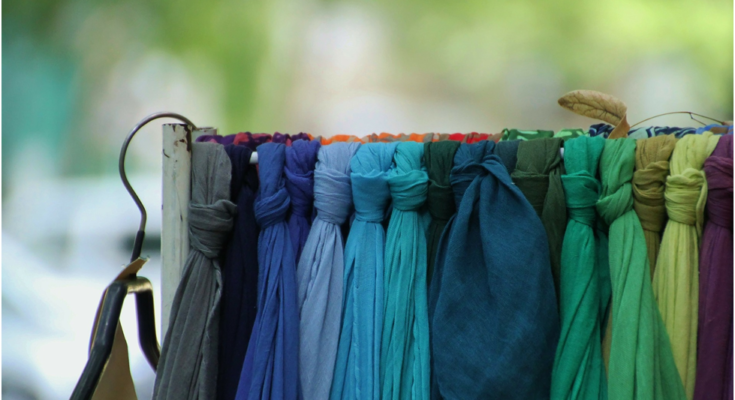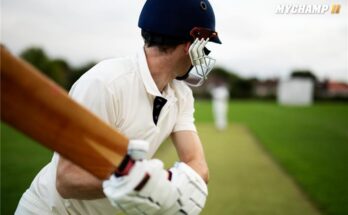There are so many ways of dyeing a fabric. Dyes are used to give different colors to the fabrics. There are so many types of Fabric dyes available in textile industry that are used according to the type of fabric that is dyed. In general, dyes fall into two categories. One is natural dyes extracted directly from plants, animals and minerals, synthetic dyes on the other side are made in a laboratory using chemical processes.
Each type of dye is used in a different way which gives a different type of finish to the cloth. Also light fastness, water fastness is taken into account as each fabric’s absorption level is different. The selection of the correct type of dye according to the fabric is very important.
Following is a list of dyes that are used in the dying process:
- FIBER REACTIVE DYES: These are low impact synthetic dyes. It reacts with the fiber’s molecules and dye molecules and therefore known reactive dyes. It is generally used for dyeing wholesale cotton fabrics. Dyeing fabrics with fiber reactive dyes ensures they are wash-safe and there is no chance of color bleeding. What you call fast colors is given using this dye only.
- DIRECT DYES: Also known as substantive dyes because of their superb substantivity for the cellulose materials like cotton and viscose. These dyes are soluble in water and easiest to apply. The speed is generally medium or low and these are not suitable for bright colors. The lightfastness of direct dyes is slightly lower than that of fiber reactive dyes.
- ACID DYES: These are the best type of dyes for protein fibers such as wool and silk. A dye can also be applied to man-made fabrics such as polyester, nylon, rayon and acrylic. Color may become light after some washes. Colour casting is not done on cotton fabrics using this dye. It is also considered to be safest to use at home.
- ALL PURPOSE DYES: It is a blend of two types of dyes such as direct and acid types which make a new dye which is suitable for a range of fabrics. Several types of fabrics can be dyed with All-Purpose Dyes, even fabrics made from two fibers woven together. In contrast, polyester or jacquard fabrics cannot be dyed with this dye.
- NATURAL DYES: These are naturally derived dyes. Mordents are used to fix the dye and are usually non-toxic. The result of this process is a well-dyed printed fabric that can be dyed with a natural dye that is eco-friendly. However, sometimes natural dyes are considered less efficient than other types of dyes because of their color bleeding.
- VAT DYES: VAT is a type of fabric dye that is insoluble in water. In order to absorb VAT dyes, a reducing agent is required. Moreover, for a fabric to be dyed with VAT, reactions such as oxidation, reduction, and prominent pH control are necessary. It is a simple process that takes place in a bucket. One can count on the color fastness.
- DISPERSE DYES: Just like Vat dyes, these are also insoluble in water. The sole purpose of making this dye is to give color to cellulose acetate. The fine particles are made into paste or powder. It is used to dye synthetic fabric such as nylon or polyester and even georgette fabrics can also be coloured.
- AZOIC DYES: The dye containing non dissolvable azo groups known as azoic dyes. The Coupling Compound and Di-Azo Compound are fused together to make azoic dyes. Water and light fastness is on the higher scale. Azoic dyes have high coloring properties, in the range of red to yellow.
- BASIC DYES: Commonly used on wholesale pure silk, nylon, wool, and other modified acrylic fabrics. One of the most common types of dyes used in Textile Industries. Usually, acetic acid is mixed in a dye bath to increase the absorption capacity of the fabric.
- MORDANT DYES: An inorganic oxide is used which increases the fastness of the dye against water, light and perspiration. It is important to choose the mordant wisely as it can change the color of premium fabric altogether.
- SULFUR DYES: The inexpensive dye is good in terms of wash fastness. Commonly used for cotton fabrics. Normally result in dull coloured fabrics.
It takes a lot to dye a fabric and it’s important to choose the correct one.
Guest Post Service By www.guestarticlehouse.com




